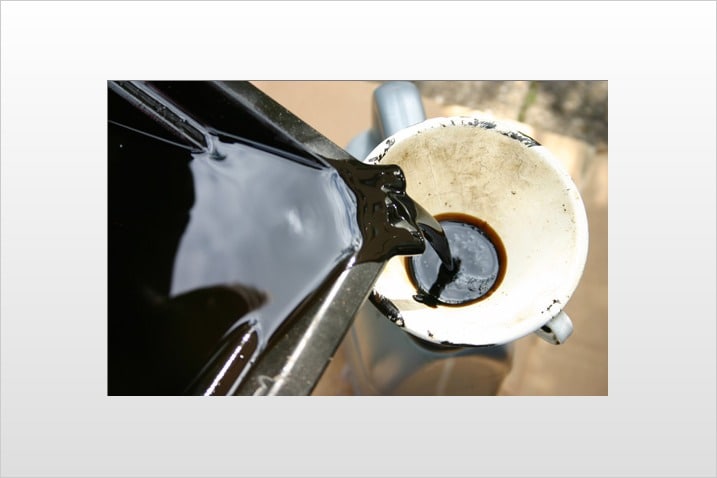So how does the system know when it's time for a change? Electronic sensors throughout the drivetrain send information about engine revolutions, temperature and driving time to the car's computer. The data is run through a mathematical algorithm that predicts when the oil will begin to degrade. The light comes on well in advance, giving the owner time to get the car serviced.
Oil life monitoring systems have been around for several decades. They were introduced in General Motors vehicles in the late 1980s and have been phased in slowly, said Matt Snider, project engineer in GM's Fuels and Lubricants Group. "We are very confident in the accuracy of the system," he said. The average recommendation from the system for GM vehicles is 8,500 miles, Snider said. He said that the longest oil change interval he was personally aware of was 17,000 miles in a colleague's car. For 2010 vehicles, 14 of 35 manufacturers use oil life monitoring systems.
Real-World Evidence
The oil life monitoring system in a 2007 Honda Fit Sport owned by an Edmunds.com editor signaled for an oil change at 5,500 miles, due to a lot of around-town driving. Later, under highway conditions, the system (which Honda calls a "maintenance minder") came on at 7,600 miles. Clearly, the system had detected different driving conditions and adjusted accordingly.
When we had the oil changed, we captured a sample and sent it to Blackstone Laboratories. Showing the conservative nature of the oil life sensors, the analysis showed the oil had at least 2,000 miles of life left in it.
A long-term 2008 Pontiac G8 GT driven by Edmunds went 13,000 miles before the monitoring system indicated the need for an oil change. We also sent a sample of that oil to a lab for analysis. The result: The oil could actually have safely delivered at least another 2,000 miles of service. "With an oil life system, we can use the software to tailor an oil drain interval to the behavior of a certain customer," Snider said.
Freed From the Schedules
Perhaps the best thing about oil life monitoring systems is that they free car owners from the confusing exercise of slotting themselves in the normal or severe driving schedules listed in the owner's manual. Severe conditions are described differently by various carmakers, but some "severe" conditions that they frequently cite are driving in stop-and-go traffic, towing, excessive idling and driving in the mountains.
In many cases, quick-oil-change outlets and dealerships' service departments encourage frequent oil changes by claiming that every driver falls in the severe category. This begs the question: Why have a normal category at all? Oil life monitoring systems put an end to the debate by reacting to how you actually drive.
Using an Oil Life Monitoring System
If your car has an oil life monitoring system, read your owner's manual to get a feel for how it's going to communicate with you. In general, the systems are designed to be easily understood and used. Some systems will display the percentage of oil life left so you can schedule a service visit. The systems factor in plenty of extra time for the driver who procrastinates. For additional motivation, however, some systems will display a negative number to show just how overdue the oil change is.
When a technician changes the oil, he resets the monitoring system. Do-it-yourselfers can easily do the reset, too, just by using a series of commands found in the owner's manual.
